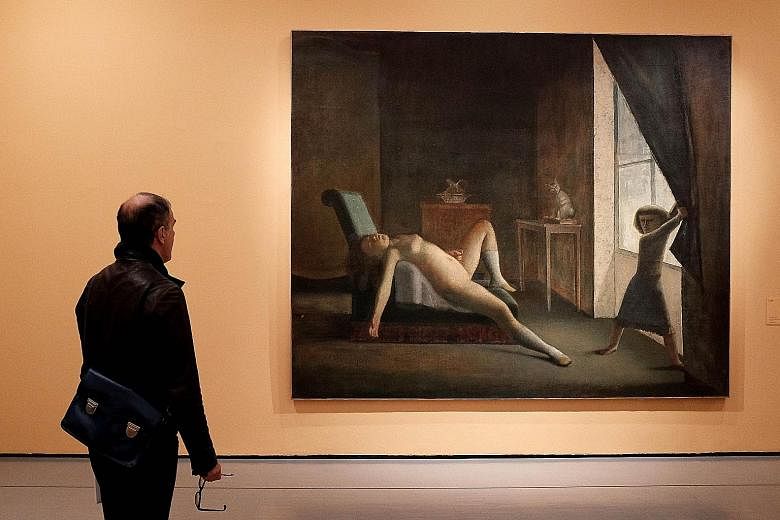ROME • Balthus is the subject of a major retrospective opening this weekend in Rome, two years after a similar exhibition in New York sparked controversy over the French painter's erotically charged depictions of barely pubescent girls.
Nearly 15 years after his death, the collection of some 150 of his works represents a return to a city where Balthus spent a considerable chunk of his career, and to a country that inspired a passion for figurative painting that placed him outside the major modernist art movements of the 20th century.
Balthus, born Balthazar Klossowski de Rola to a France-based Polish father and Russian mother, was director of the French Academy in Rome from 1961 to 1977 and was largely responsible for the restoration and reorganisation of its home, the Villa Medici.
The Villa is host to a parallel exhibition which features some of the artist's major works completed during his time in Rome, his impact on the building and its gardens and his working environment.
The main collection is held at the Scuderie del Quirinale, the former stables of the papal palace that is now the official residence of Italy's president.
It features works from every stage of Balthus' career, including landscapes, still life and portraits, and some of the controversial erotic pieces and works featuring cats, another of his fixations.
Exhibition curator Cecile Debray said Balthus could be considered a Roman, given the importance of the time he spent here and the impact earlier trips to Italy had on him. "He was fascinated by the primitives of the Renaissance and by a certain form of classicism incarnated by Rome. He was without doubt the greatest figurative painter of the 20th century.
"He was born in 1908, died in 2001. He remained extremely faithful to an extremely realist form of painting, albeit a realism that absorbed a subtle and light form of fantasy. I'd say it is that which makes the poetry and uniqueness of Balthus."
This collection is lighter on the kind of images of girls on the cusp of womanhood that led one critic to call Balthus "one of the creepiest figures in modern art" after the New York exhibition.
Ms Debray said painting "very young girls with a very strong erotic suggestion" was a defining theme of Balthus' works, but she has dismissed any suggestion it could be regarded as indicative of a pre- datory sexual interest in minors.
"Until now, they have never caused any debate, but it is true that we have seen some rather prudish reactions to his works as there has been much debate around the subject of paedophilia," she added.
"It is very important to recall that these are paintings, representations, and that Balthus was absolutely not a paedophile. It is much more a reflection on the nature of eroticism, of beauty and a sort of desire to engage the public on the essential subjects of eroticism and sexuality.
"He wanted to shake up the art world through very intelligent use of a realism that suggests erotic or grotesque atmospheres. It is this that still engages the public today and can also still disturb."
The exhibitions are on till the end of January.
AGENCE FRANCE-PRESSE

